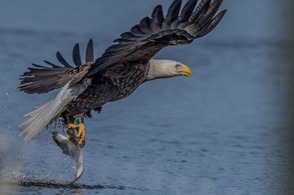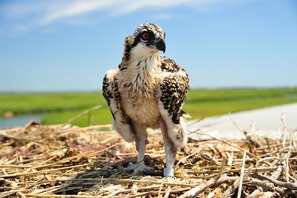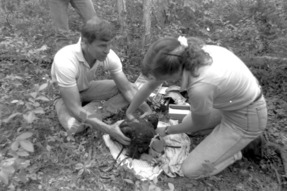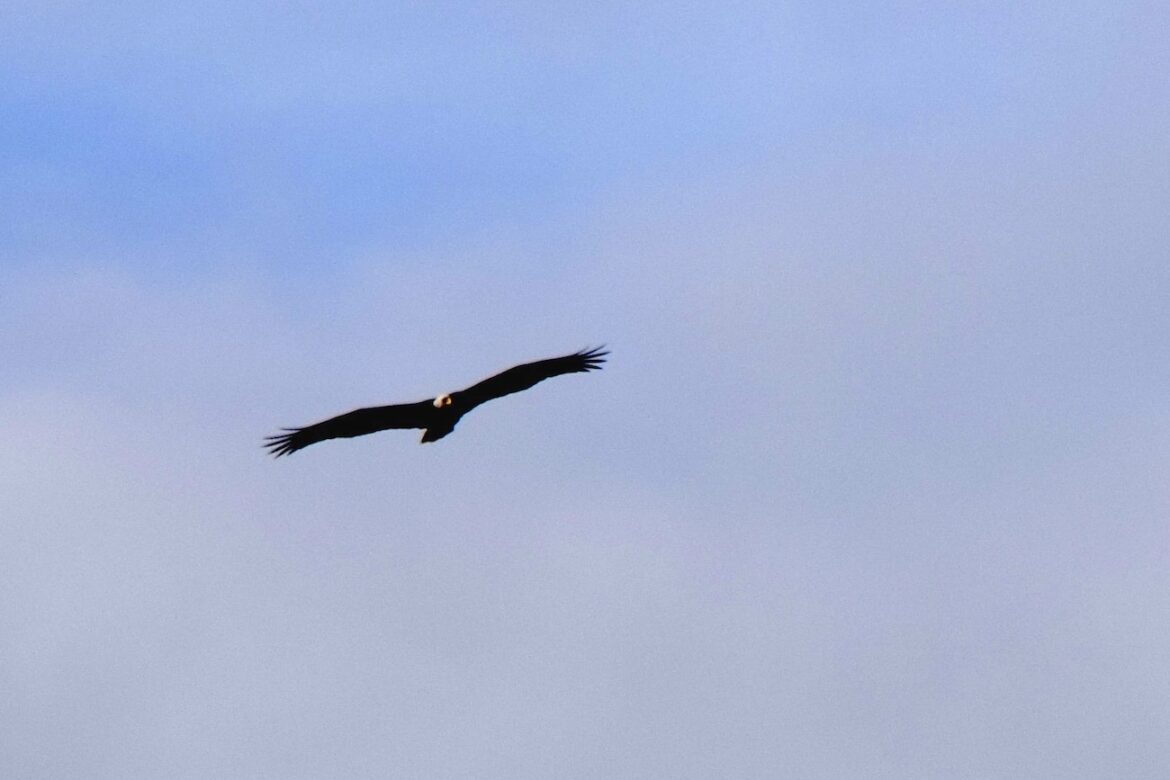The Murphy Administration has announced plans to delist the bald eagle and osprey from New Jersey’s endangered species list. Environmental Protection Commissioner Shawn M. LaTourette stated that this proposal is a testament to the decades of conservation efforts that have successfully reintegrated these iconic birds into the State’s landscape.
The proposed de-listing is contained within a Department of Environmental Protection rule proposal published today in the New Jersey Register and is based on a finding that populations of these birds have recovered to the point where the survival of these species in the state is no longer in jeopardy.
Conservation Milestones
The rule proposal makes additions, deletions, and conservation status updates to the State’s endangered species list and list of nongame wildlife. It also restructures the State’s endangered species list with the aim of being consistent with legislative intent. The DEP will accept public comment on the rule proposal through August 2, 2024.

“The de-listing of eagles and ospreys is a milestone in the history of wildlife conservation in New Jersey and is a testament to the dedication of DEP professionals and volunteers who over the years stood watch over nests in all forms of weather, nurtured hatchlings, and worked tirelessly to educate the public about the importance of sustaining wildlife diversity,” said Commissioner LaTourette.
“Because of their efforts, people across the state today can thrill at the sight of bald eagles gliding above their massive tree-top nests or ospreys diving into a coastal creek to snare a fish,” Commissioner LaTourette continued. “While we celebrate these successes, we must remain vigilant in ensuring that these species continue to thrive and be ever mindful that endangered species continue to need our help.”
Ongoing Conservation Efforts
“The recovery of these species from near extirpation during the 1980s in New Jersey is a dramatic example of what is possible when regulations, science, and public commitment come together for a common purpose,” said David Golden, Assistant Commissioner of NJDEP Fish & Wildlife. “With focused attention on other species of greatest conservation need, future recovery success stories are also possible.”
Under the New Jersey Endangered and Nongame Species Conservation Act, which celebrated its 50th anniversary this past December, NJDEP Fish & Wildlife’s Endangered and Nongame Species Program (ENSP) is responsible for protecting threatened, endangered and nongame species.
Future Outlook
The proposed de-listing of bald eagles and ospreys is made possible by work ENSP has implemented over the years with the help of many partners and volunteers that resulted in steady increases in the populations of these species, increases that became particularly pronounced over the past 10 to 15 years.

Today, bald eagles can be found in virtually every area of the state, with their highest numbers found along Delaware Bay, rich in protected marshlands and coastal creeks that provide ideal habitat.
In 2023, New Jersey boasted a record 267 nesting pairs of bald eagles, of which 255 laid eggs. In the 1970s and into the early 1980s, New Jersey had just one remaining bald eagle nest, a pair in a remote part of Cumberland County. The state’s population had been devastated by widespread use of DDT and other threats, including habitat degradation and human disturbances.
Historical Challenges and DDT’s Impact
Once used widely to control mosquitoes, DDT is a synthetic insecticide that had lasting impacts on the food chain, accumulating in fish that eagles eat and causing eagles to lay thin-shelled eggs that could not withstand incubation. The federal government banned DDT in 1972, marking a pivotal step in the ultimate comeback of the species.
Recovery efforts in New Jersey began in the early 1980s, with reintroduction of eagles from Canada and artificial incubation and fostering efforts that started to pay discernible dividends throughout the 1990s. Active nests surpassed 100 for the first time in decades by hitting 119 in 2012. Ten years later, the total had more than doubled to 250.
“The recovery and de-listing of bald eagles and ospreys is a huge milestone for our state,” said ENSP Chief Kathy Clark. “Many people have worked for years and decades to bring these species back from the brink, including biologists, volunteers, and all those who protect and steward habitat for rare wildlife. This is an achievement for all those who work on behalf of the natural ecosystems of New Jersey.”
The federal government removed the bald eagle from its list of endangered species in 2007, reflecting strong gains in the population throughout the nation. The current bald eagle protection status in New Jersey, however, remained state-endangered during the breeding season and state-threatened for the non-breeding season, reflecting caution about nest disturbance and habitat threats. Under the rule proposal, bald eagle status will be changed to species of special concern.

Osprey, also known as fish hawks, are typically found along the coast, where they hunt fish from marshes, creeks and bays. They are currently listed as threatened in New Jersey and will be classified as stable under the rule proposal.
Also affected greatly by DDT use, the number of osprey nests left in the state dwindled to about 50 by the early 1970s. In the early 1970s, State biologists began an innovative recovery effort to place young and eggs from nests where DDT was not used as heavily into nests that failed to produce young. In addition, they coordinated efforts to supply nest platforms for the birds, substitutes for snags and trees that were lost as the coastline became more developed in the 1950s.
In 2023, biologists for NJDEP Fish & Wildlife and Conserve Wildlife Foundation of NJ documented a record 800 occupied osprey nests.
Click here for more information from NJDEP Fish & Wildlife on bald eagles and ospreys in New Jersey, including annual population trend reports, biology and history. For a video about the DEP’s bald eagle project, visit https://www.youtube.com/watch?v=oGD__79KUPQ
For prior MercerMe coverage of the bald eagle expanding population, see NJ Bald eagle population continues to climb with 250 active nests identified
PHOTOS – Feature image credit: Michael Chipowksy. / Top: Bald eagle, Rich Nicol; Middle: Osprey chick, Kathy Clark; Bottom: Eagle banding, early 1990s
Submitted by the New Jersey Department of Environmental Protection.







